Have you ever tapped on that familiar blue and white Zelle icon, ready to send a quick payment to a friend or family member, only to be met with an error message or a frustrating inability to complete the transaction? You’re not alone. While Zelle has become a go-to for fast digital transfers for millions, a surprising number of factors can suddenly block your ability to send or receive funds. These aren’t always obvious technical glitches; sometimes, the reasons lie deeper within security protocols, account settings, or even the actions of the person on the other end.
Imagine Sarah trying to split the dinner bill with her friends after a fun night out. Everyone else quickly Zelles their share, but Sarah’s phone keeps displaying a vague “Transaction Failed” message. Frustration mounts as she tries again and again, feeling increasingly awkward and indebted. Or picture Mark, waiting anxiously for his rent money to arrive via Zelle from his new tenant, only to see the notification never appear. These scenarios, while commonplace, highlight the often-unseen complexities behind the seemingly simple Zelle interface.
So, what exactly is going on when Zelle refuses to cooperate? Let’s peel back the layers and explore the common and sometimes unexpected reasons why your money might be stuck in digital limbo.
One of the most frequent culprits behind Zelle failures is simply incorrect recipient information. Zelle relies on either a phone number or an email address to route the payment. A single typo – a misplaced digit in a phone number or a misspelled letter in an email address – will send your money into the digital abyss, or worse, to a complete stranger. Banks and Zelle have implemented safeguards to try and prevent this, but ultimately, the responsibility lies with the sender to ensure accuracy. Always double-check the contact details before hitting send. It might seem basic, but this simple error accounts for a significant portion of failed transactions.
Beyond user error, technical issues on either the sender’s or the recipient’s end can also halt Zelle transfers. This could range from a temporary outage on Zelle’s servers to problems with the individual’s bank’s connection to the Zelle network. Banks regularly perform system maintenance, which can sometimes temporarily disrupt services like Zelle. Similarly, if the recipient’s bank account is experiencing technical difficulties, they might not be able to receive Zelle payments. These issues are usually resolved quickly, but they can be incredibly inconvenient in the moment. Checking the official Zelle status page or contacting your bank’s customer support can provide insights into widespread outages.
Account limitations and restrictions imposed by your bank or Zelle itself can also prevent transactions. Banks often set daily or weekly limits on the amount of money you can send through Zelle to protect against fraud and unauthorized activity. If you attempt to send an amount exceeding these limits, your transaction will likely fail. These limits can vary significantly between financial institutions, so it’s crucial to be aware of your specific bank’s policies. Similarly, if your bank account has insufficient funds, or if there’s a hold or restriction placed on your account due to suspicious activity or other reasons, Zelle will not work.
Security protocols designed to protect users are another significant factor that can lead to blocked Zelle payments. Zelle and participating banks employ sophisticated algorithms to detect potentially fraudulent transactions. If a transfer is flagged as suspicious – perhaps due to an unusually large amount, a new recipient, or activity from an unfamiliar location – it might be temporarily held or even blocked to prevent potential scams. While this is a vital security measure, it can be frustrating for legitimate users whose transactions are caught in the crosshairs. Banks will often try to contact you if a transaction is flagged, but sometimes you might need to proactively reach out to resolve the issue.
Furthermore, the recipient’s enrollment status with Zelle plays a crucial role. If the person you are trying to send money to is not yet enrolled with Zelle, the transfer will not go through. They will typically receive a notification prompting them to enroll, and the funds will remain pending until they do so. If they don’t enroll within a certain timeframe (usually around 14 days), the transaction will be cancelled, and the money will be returned to the sender’s account. This delay can be confusing if the sender assumes the recipient is already a Zelle user.
In some instances, network connectivity issues can also be the culprit. A weak or unstable internet connection on either the sender’s or the recipient’s phone can interrupt the transaction process and lead to a failure. Ensure you have a strong and reliable Wi-Fi or cellular data connection when using Zelle.
More concerningly, being on a blacklist or having your account flagged for suspicious activity can permanently prevent you from using Zelle. If you have repeatedly violated Zelle’s terms of service or if your account has been linked to fraudulent activity, your access to the platform might be revoked. Similarly, if the recipient’s account has been flagged, you might not be able to send them money.
Finally, outdated versions of the Zelle app or your bank’s mobile app can sometimes cause compatibility issues that prevent successful transactions. Ensure you are using the latest version of the app to avoid potential problems. Developers regularly release updates to fix bugs and improve performance, so keeping your app up to date is essential for smooth operation.
The world of digital payments offers incredible convenience, but as these examples illustrate, it’s not without its potential pitfalls. While Zelle strives to provide a seamless experience, understanding the various reasons why a transaction might fail can save you time, frustration, and potential anxiety. By double-checking recipient information, being aware of account limits, ensuring a stable internet connection, and keeping your apps updated, you can significantly reduce the chances of your money getting stuck in the digital pipeline. If you do encounter issues, don’t hesitate to contact your bank’s customer support or consult the official Zelle help resources for guidance and resolution. Staying informed is your best defense against the frustrating experience of a failed Zelle transfer.

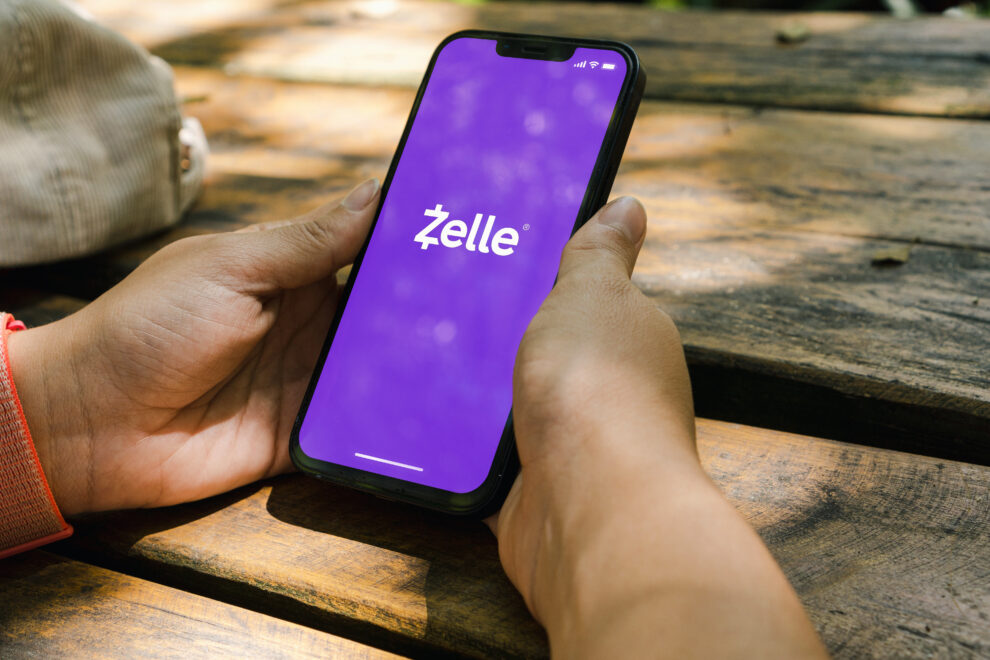
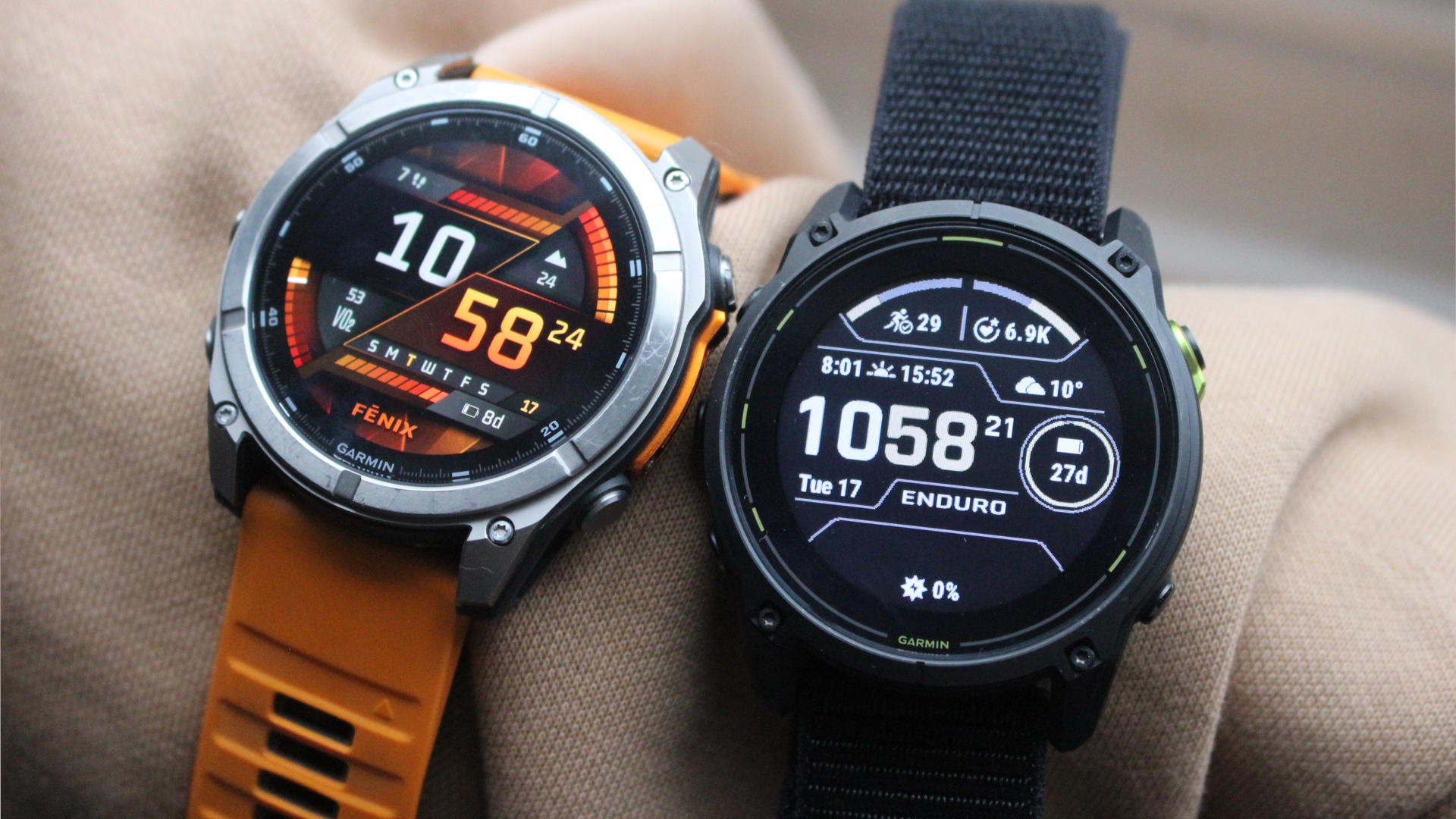
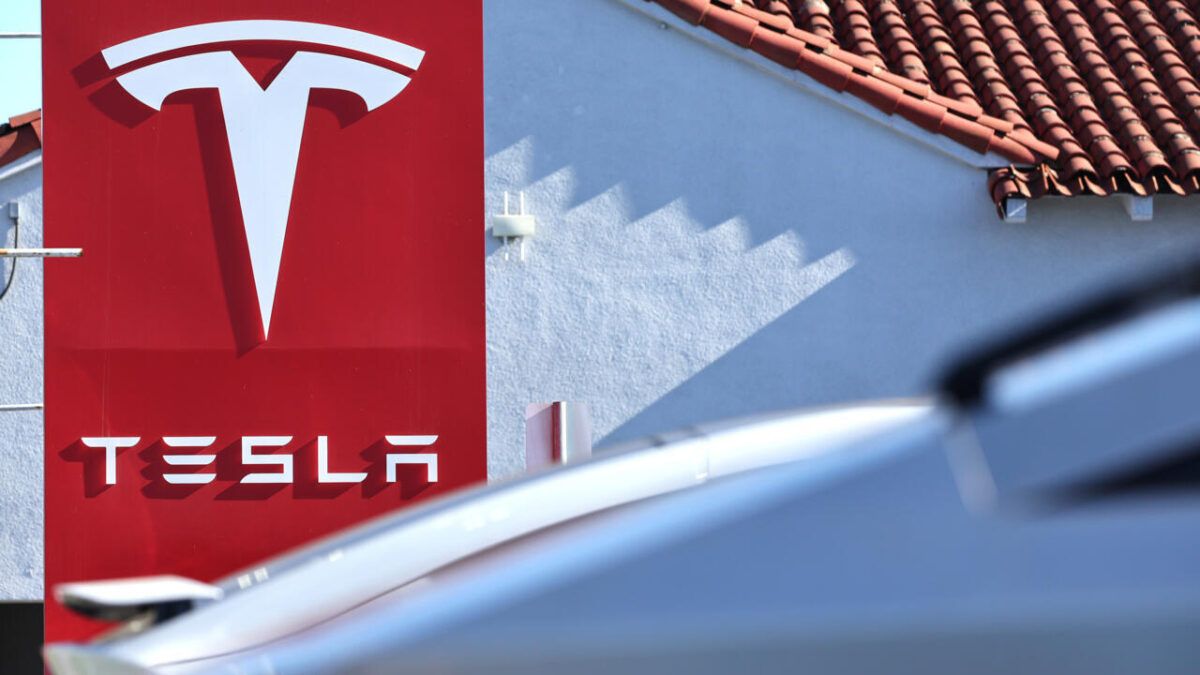

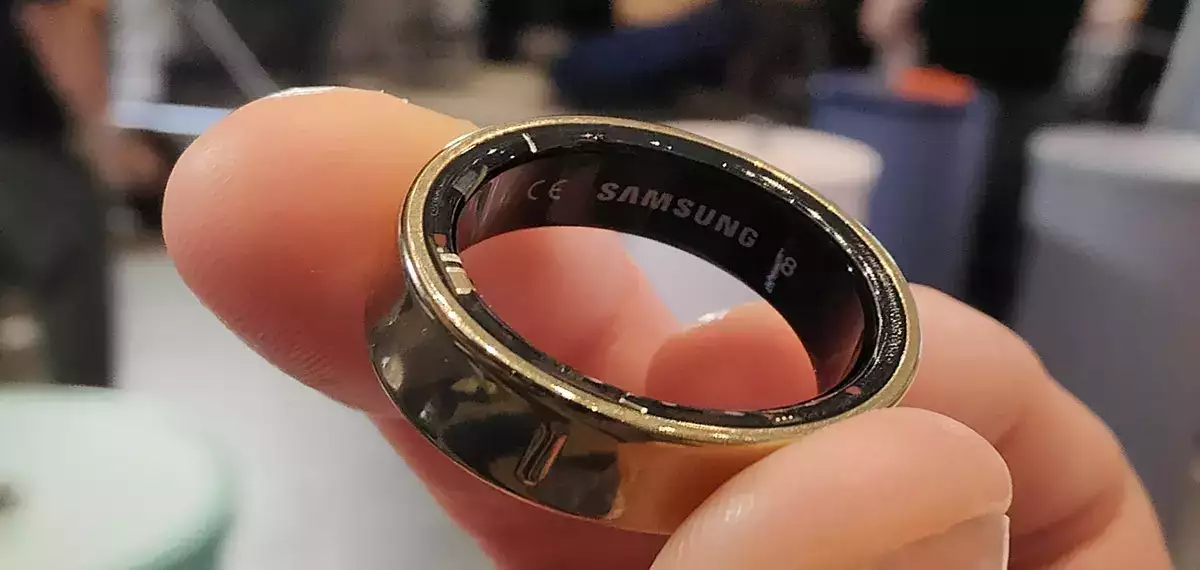

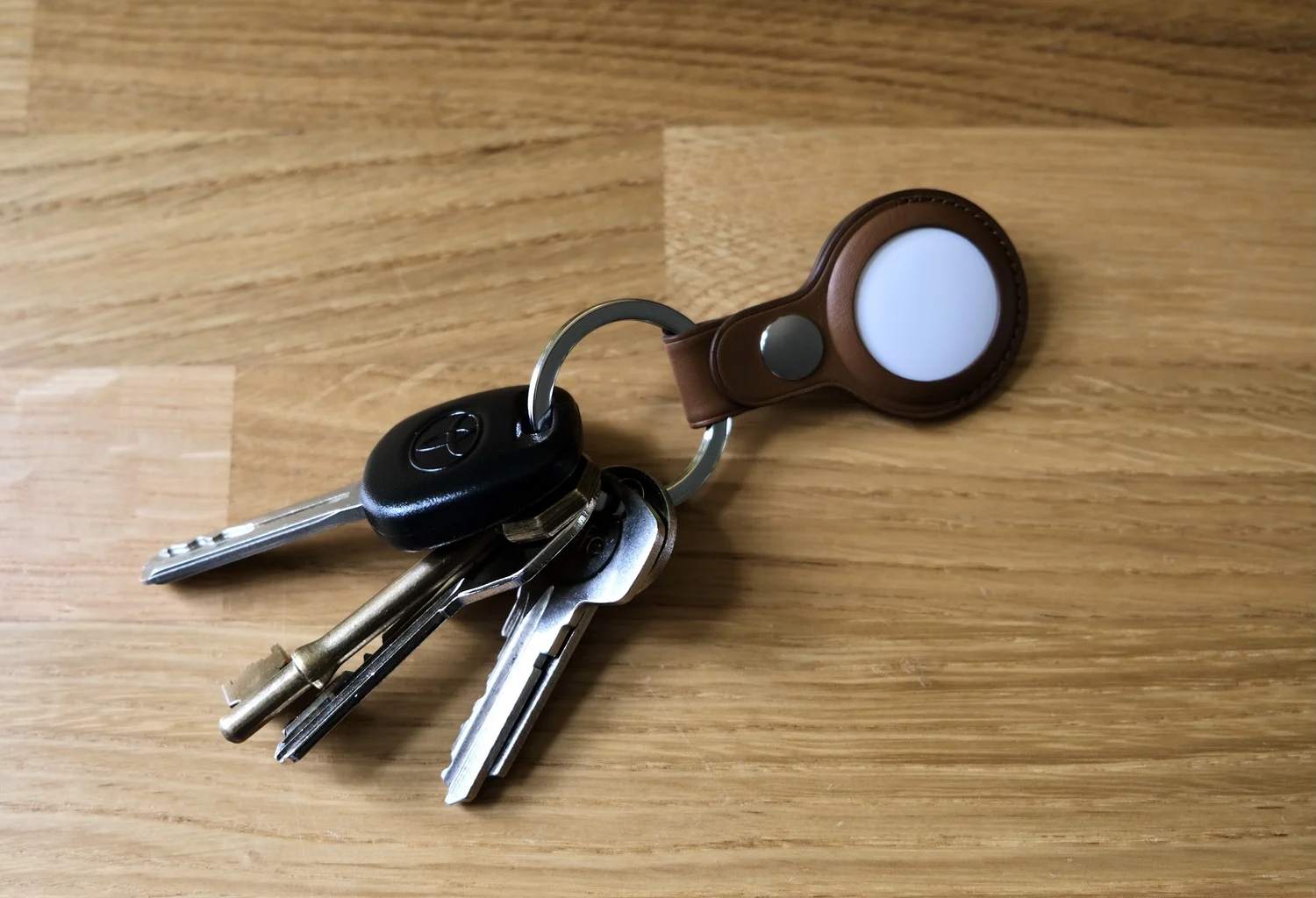

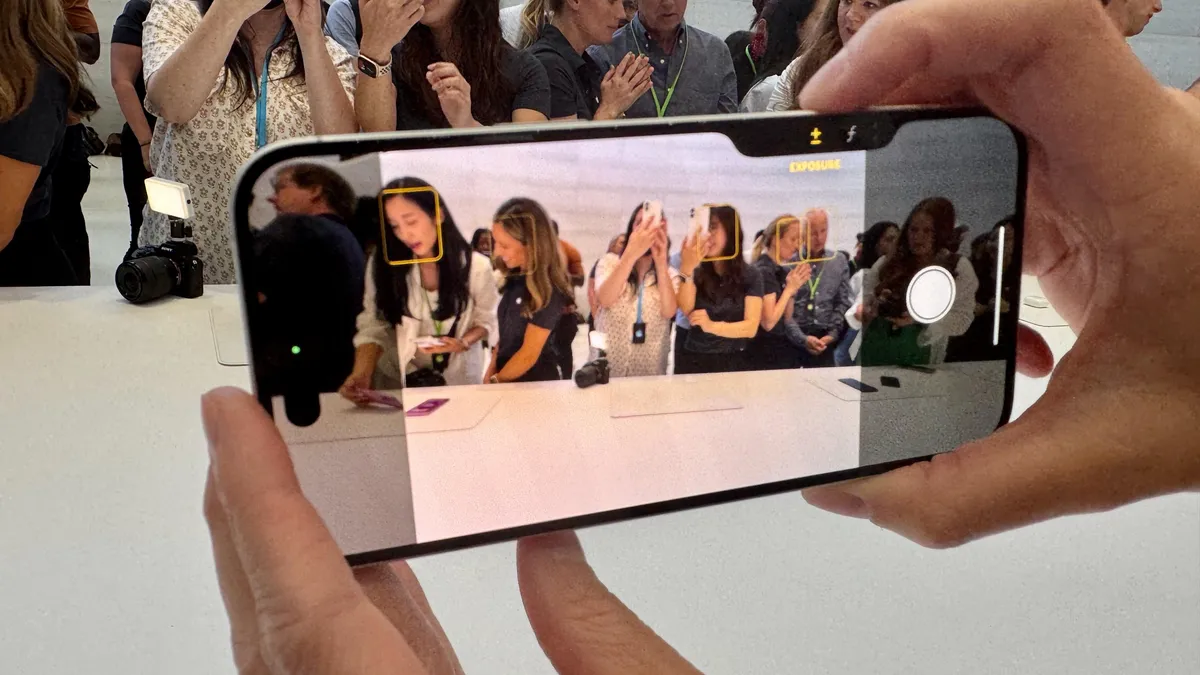
Add Comment